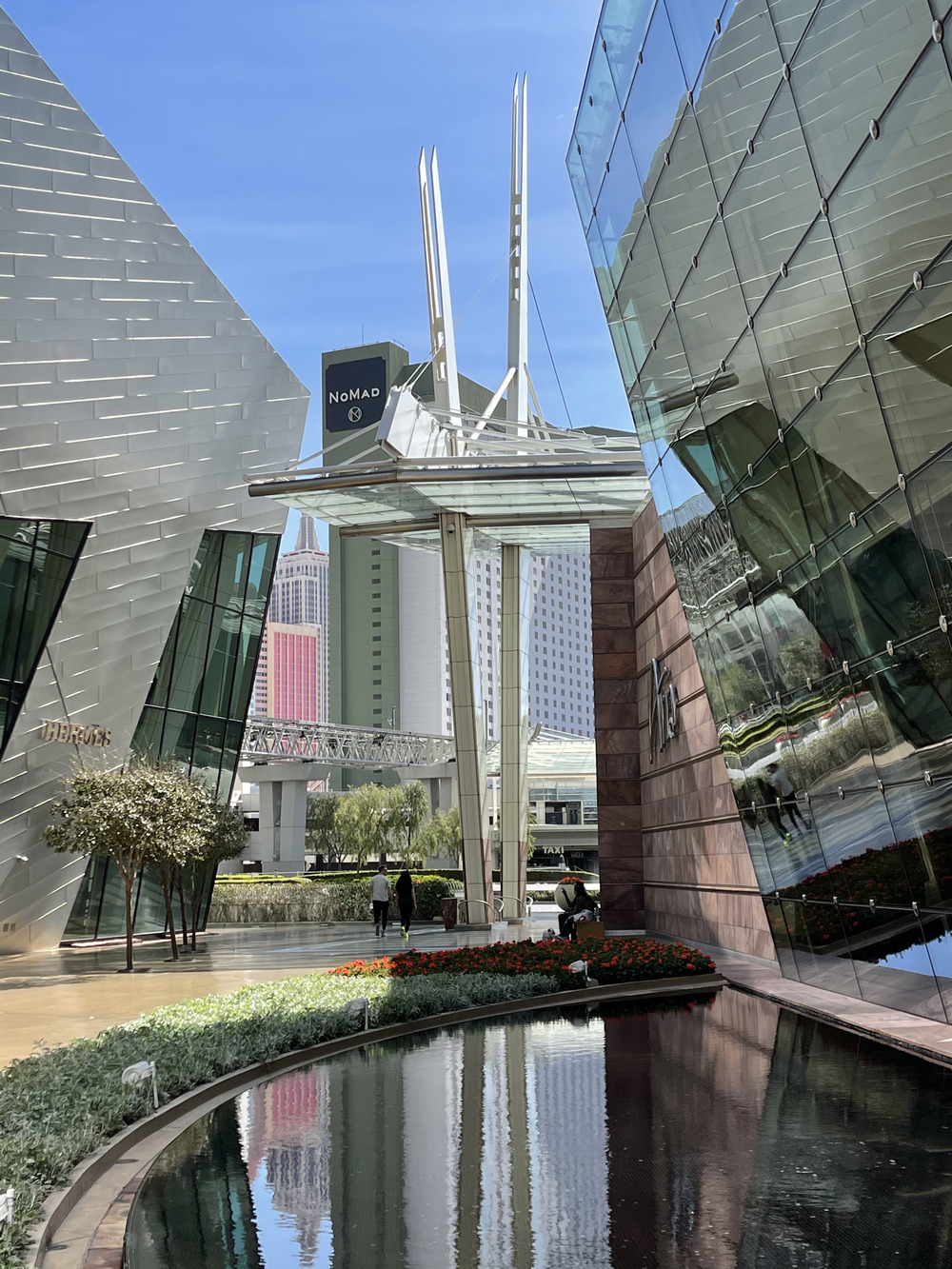
Photography
Choice Photography From The Author-Artist’s Media Collection
Publisher
Copyright © 2024 by Mattanaw. All Rights Reserved.
Publisher: PlaynText Location: Tempe, Arizona
PlaynText is dedicated to the publication of high quality journal publications issued in premium book format, as book/journal hybrids. Each publication is intended to be an illustration, potentially, of the maximum and least-inhibited use of free thought and free expression.
Copying, distributing, plagiarising, processing, storing, and serving the contents of this book is a violation of intellectual property, unless otherwise indicated by the copyright holder elsewhere, as it relates to this specific issue of the Book and Journal of Mattanaw. For permission to use any contents of this book, please contact the author at http://mattanaw.org/com.html.
Published by PlaynText, Inc, companies wholly owned by the author, Mattanaw, Mattanaw, (formerly “Christopher Matthew Cavanaugh”).
Printed in Tempe, Arizona, in the United States of America.
Published and printed by PlaynText, an imprint of PlaynText, Inc.
The Publisher is not responsible for the content of others produced on websites, applications, social media platforms, or information related storage or AI systems. The processing of this Book and Journal by an AI System is prohibited.
Library of Congress Control Number (pending)
Library of Congress ISSNs: 2998-713X (Online), 2998-7121 (Print)
Author
Artist/Author: The Honorable Dr.9 Mattanaw, Christopher Matthew Cavanaugh, Retired
Interdisciplinarian with Immeasurable Intelligence. Lifetime Member of the High Intelligence Community.6
- Masters Business & Economics, Harvard University (In Progress)
- Attorney, Pro Se, Litigation, Trial, Depositions, Contracts (E.g. State of Alaska v. Pugh, et. al., Alaska Superior and Supreme Courts)4
- B.S. Psychology, University of Maryland, 4.0, Summa Cum Laude1
- B.S. Computer & Information Science, University of Maryland, 3.91, Magna Cum Laude2
- B.A. Philosophy, University of Maryland.3
- G.E.D., State of Maryland, Montgomery County, 1999.
- Lifetime Member of the High Intelligence Community, Mensa Lifetime Member
Former Chief Architect, Adobe Systems
Current President/Advisor, Social Architects and Economists International.
CEO PlaynText | CEO PlainText
Contact:
Resumé
Contents
Edit History
- Edited: Friday, March 29th, 2024, at 9:34 PM Phoenix, Arizona
- Draft Created: Tuesday, February 28th, 2023, at 8:08 PM Wellington, New Zealand Time
Introduction
The Artist’s museum chapters are dedicated to displaying finer pieces of art it5 produced. The larger Book and Journal includes the writings and autobiographical albums of media which are intended to provide a more comprehensive coverage of the life of the artist and author. Materials which are designated as special productions of artistic interest and value are here included in the museum, and if photographic in this section relating to cameras.
I am willing to alternate between referring to myself as “I”, “It”, “the Artist”, and “Mattanaw”, and other names without much discomfort. There are teachings concerning choice of “person” but these were taught without mastery. In conversation one has artistic flexibility.
Photographs here are produced using a variety of camera types. I was trained in photography first using what is called a “pinhole” camera, which is a handmade camera with a small hole to let light in, and photographic paper to chemically react to the light. The hole had a cover of tape on top, which blocked the light. Once that tape was removed, however, it functioned like a shutter, and suddenly allowed light to fall upon the paper, creating the reaction resulting in a photograph. The time of the exposure was longer than the time usually used for normal everyday photography, and more like what is desired for blurring effects or for capturing night-time photographs.
Later, after this experience, I did normal photography with film, and did the conversion from negatives to paper photographs in a light room. In the light room I would use various chemicals and pieces of equipment that would pass light from the negatives downwards to differing sizes of paper with chemicals on the surface. They would be further washed with chemicals, and if desired, filters would be included in between to create effects. This is the process of creating paper photographs from film that is not ordinarily seen by people who took photographs using film, and more advanced than simply creating photos in a photo shop. In this training many possibilities were created from moving from a hole in a camera to a final print result, with many artistic possibilities along the way.
I have owned a number of cameras which resulted in the materials in this photographic museum, like any museum which would exhibit photographs from a number of professional photographers using different tools an techniques. I was Chief Architect of Adobe Systems, a software company that created the premier software tools used by digital artisans who are doing digital work in addition to any work preceding digitization. At Adobe Systems my role was primarily to architect solutions for storage and final delivery of resulting productions for optimal experiences of audiences. So I’m very aware of the range of tools available, and have used many of them myself to produce what is here included in my own exhibits in my museum.
My current camera of choice is a medium format camera which is a larger digital camera than what is normally used even by professional photographers. It is a Fujifilm GFX 100s. At the moment it is the largest digital camera that can be purchased without moving to home-built or home-assembled hardware equipment. It is current and not an older model, as of early 2023. The current price of this camera is approximately $7,000 USD, and over $10,000 NZD. I have two lenses currently. A 45mm to 100mm lens which was $4,000 USD, and a 100mm to 200mm lens which was ~3,000 USD. The total setup is about $14,000 USD. This is for my professional photography setup, which is, of course, not all that an artist can use. I will use anything down to a pinhole camera made from trash materials. I encourage my audience and spectators to think they can employ anything they like for the creation of artworks, which may be images stored in brains or images stored on media.
Fine Photography
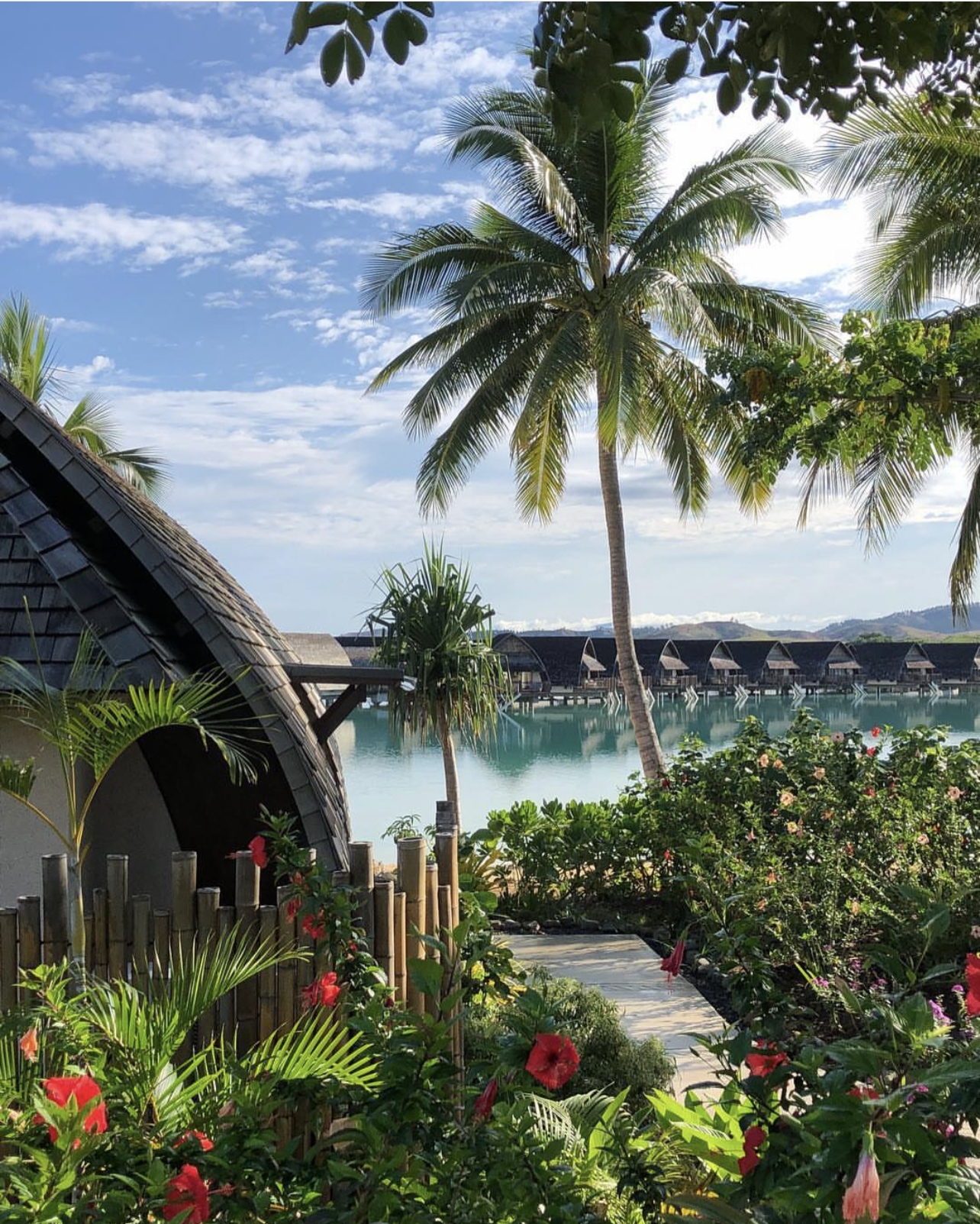
Exhibit 1. My Private Bure in Fiji.
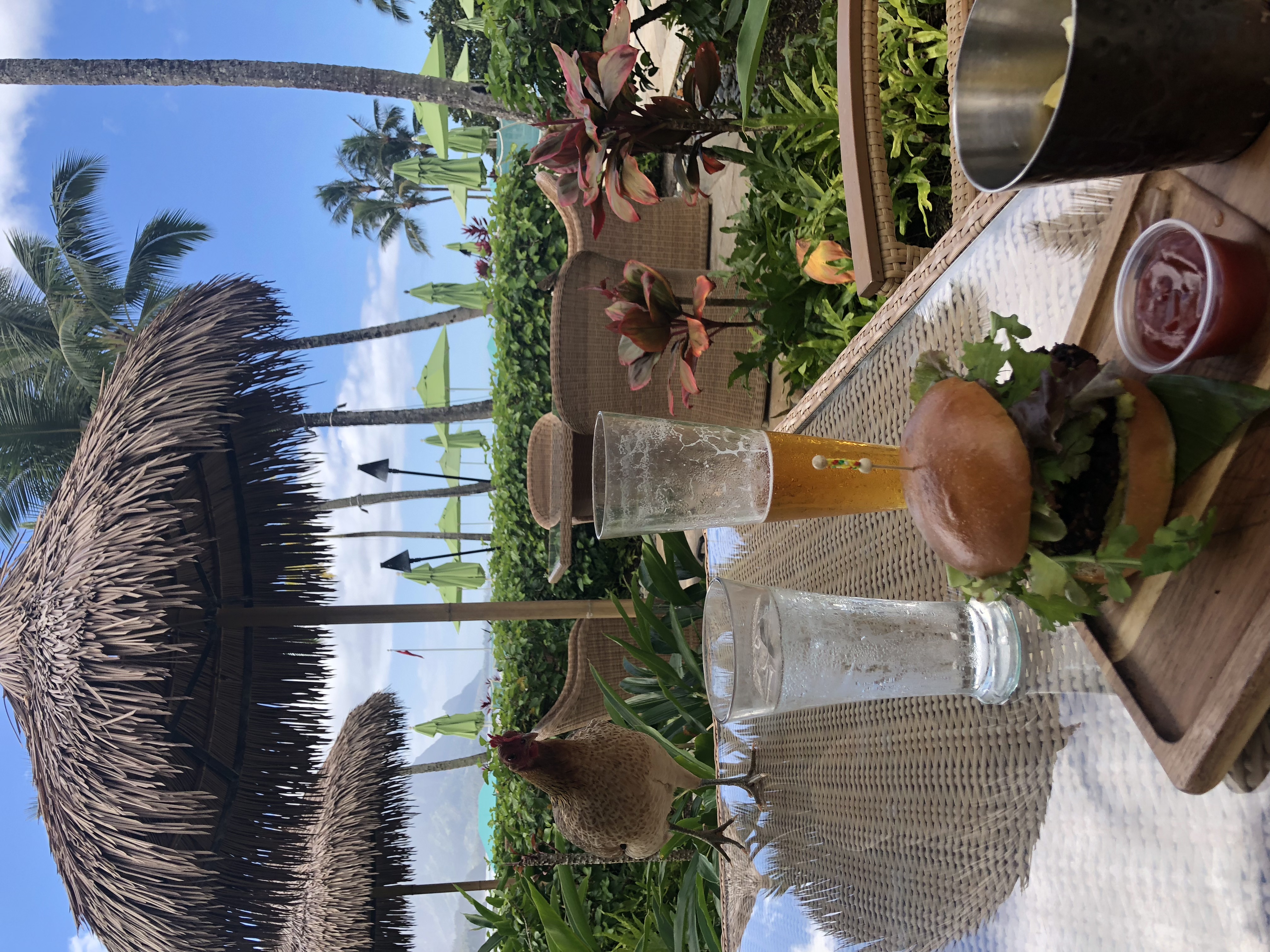
Exhibit 2. Chickens in Paradise.
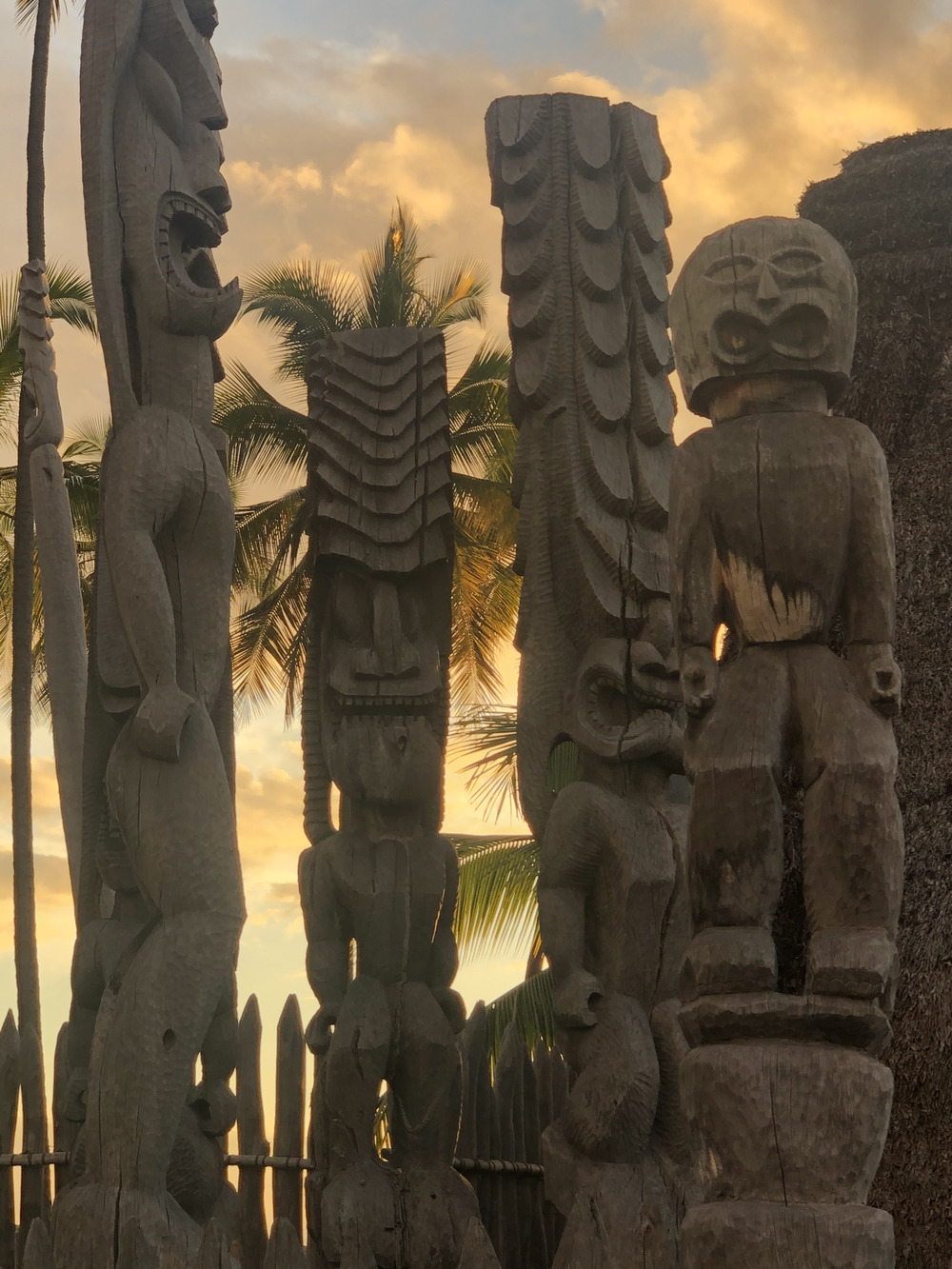
Exhibit 3. Primitive Society and Its Fears.
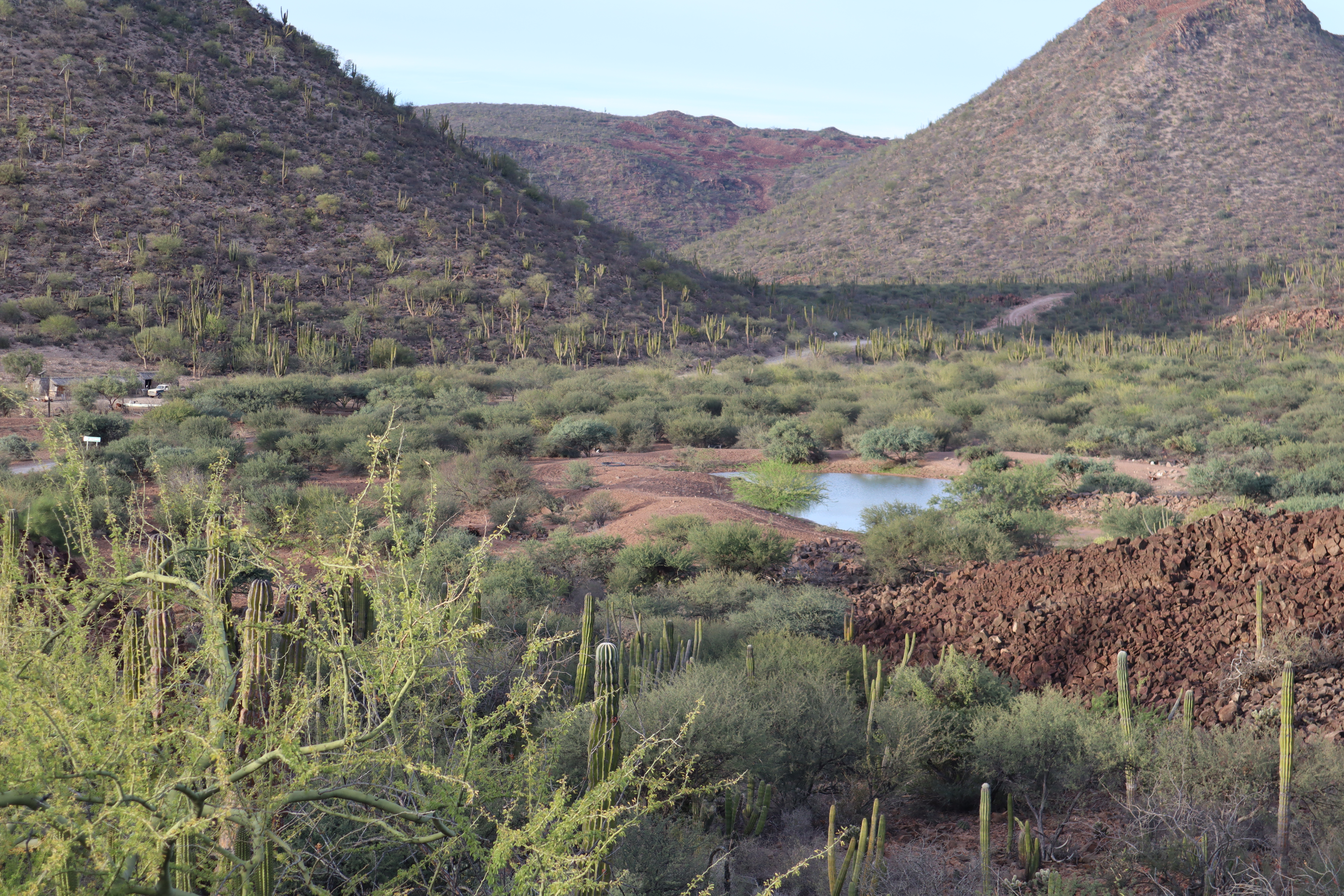
Exhibit 4. The Tranquility of La Purisima.
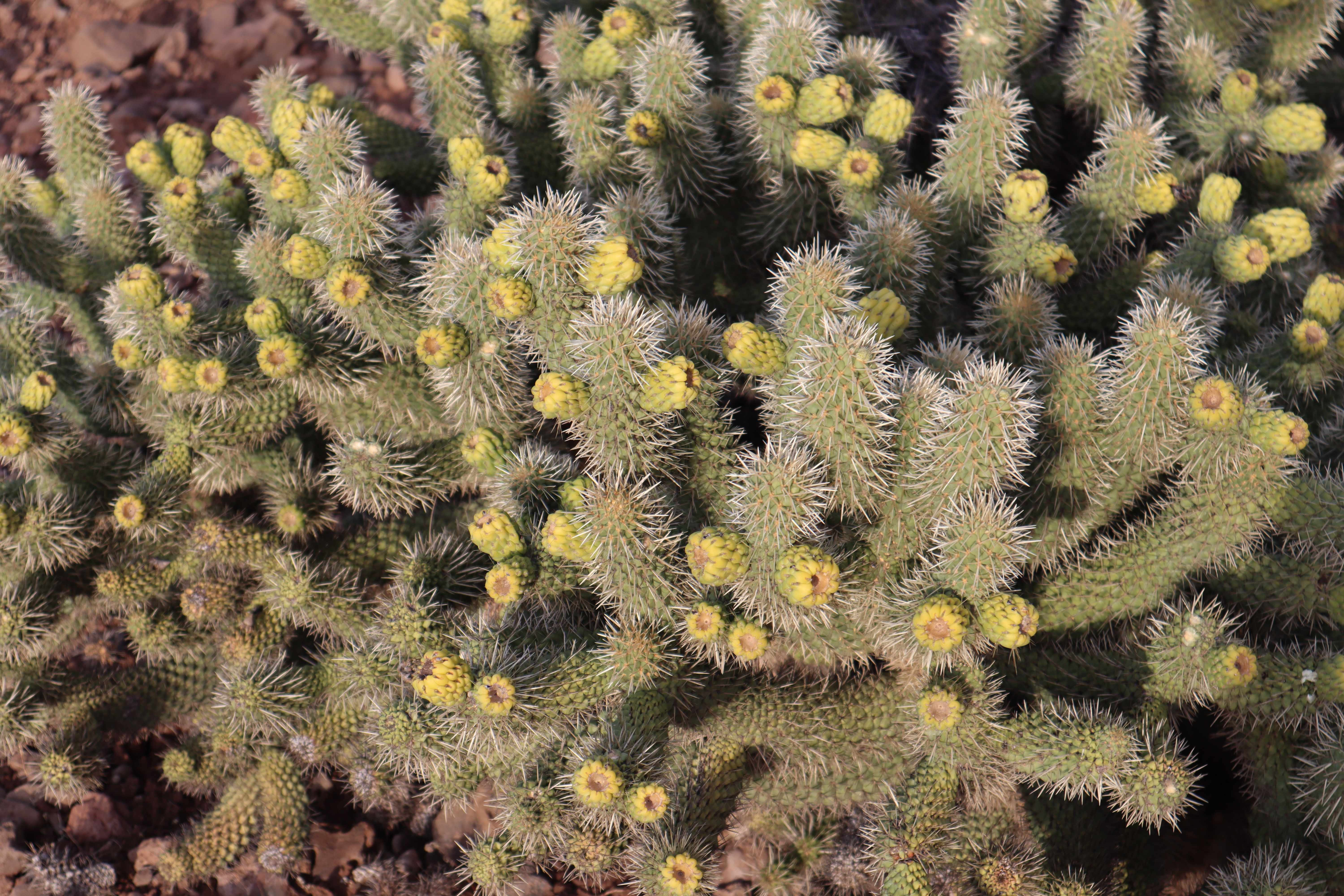
Exhibit 5. Desert Fruit.
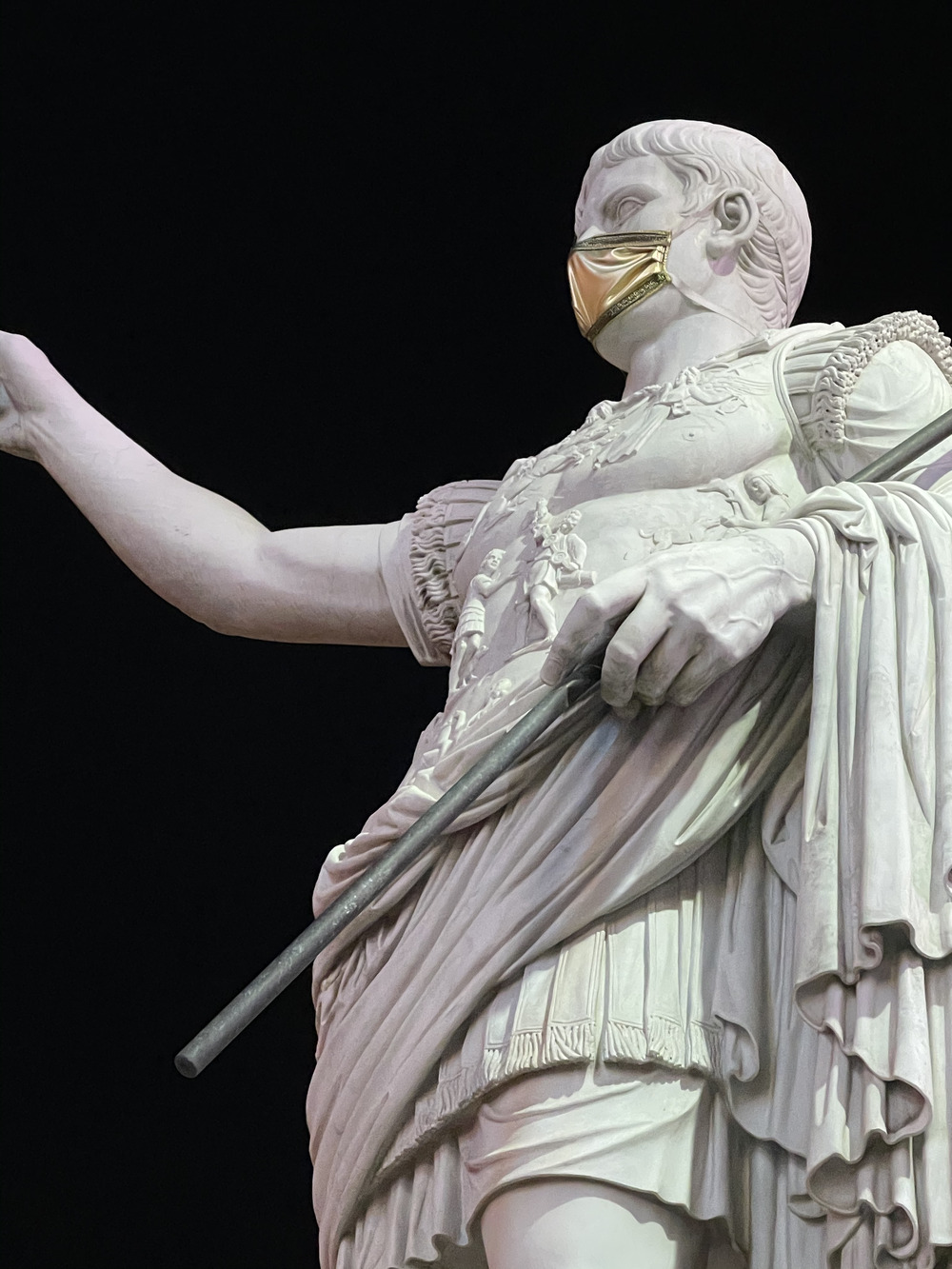
Exhibit 6. All Have Been Muzzled.
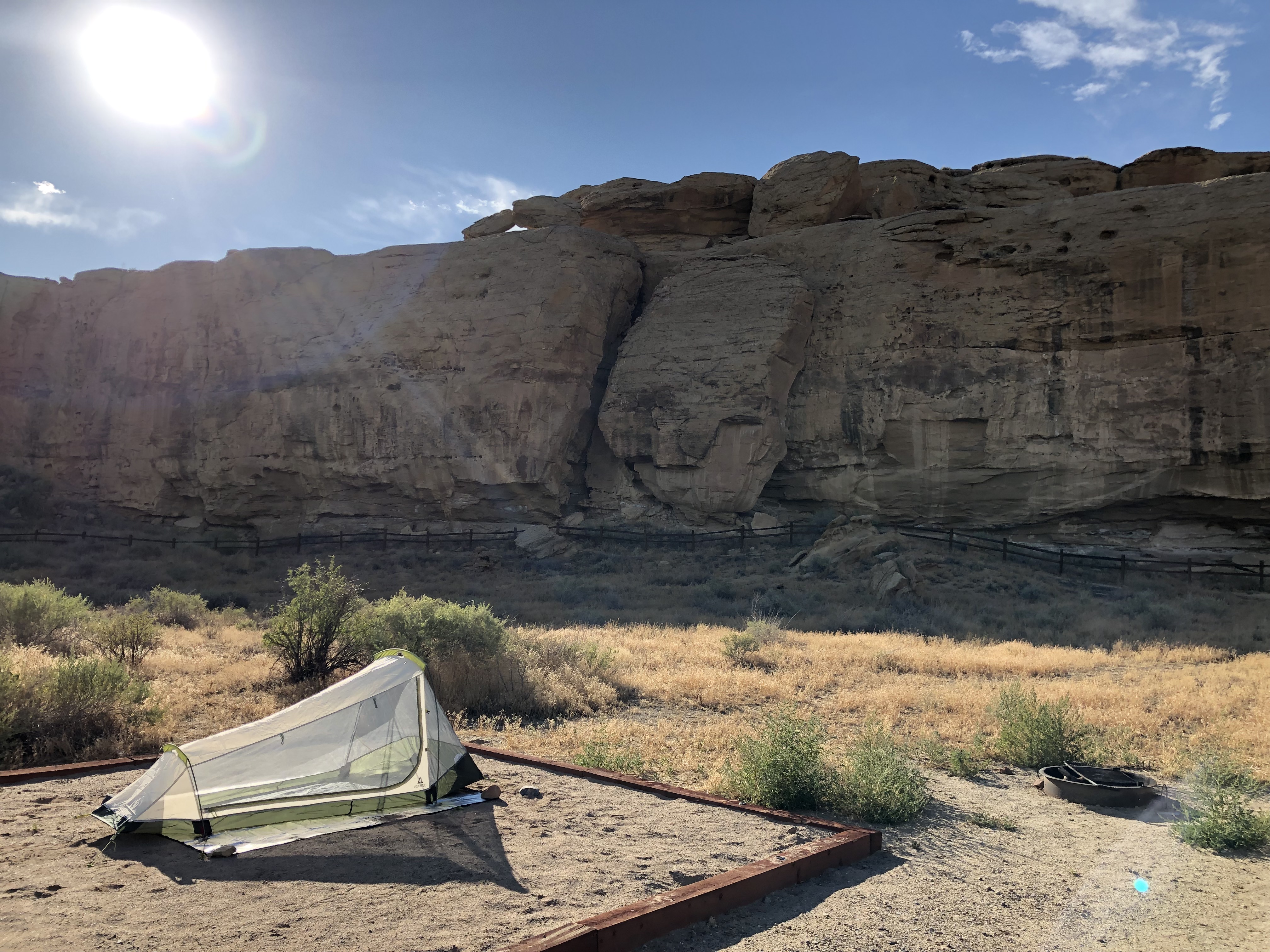
Exhibit 7. Open Air Camping at Chaco Canyon.
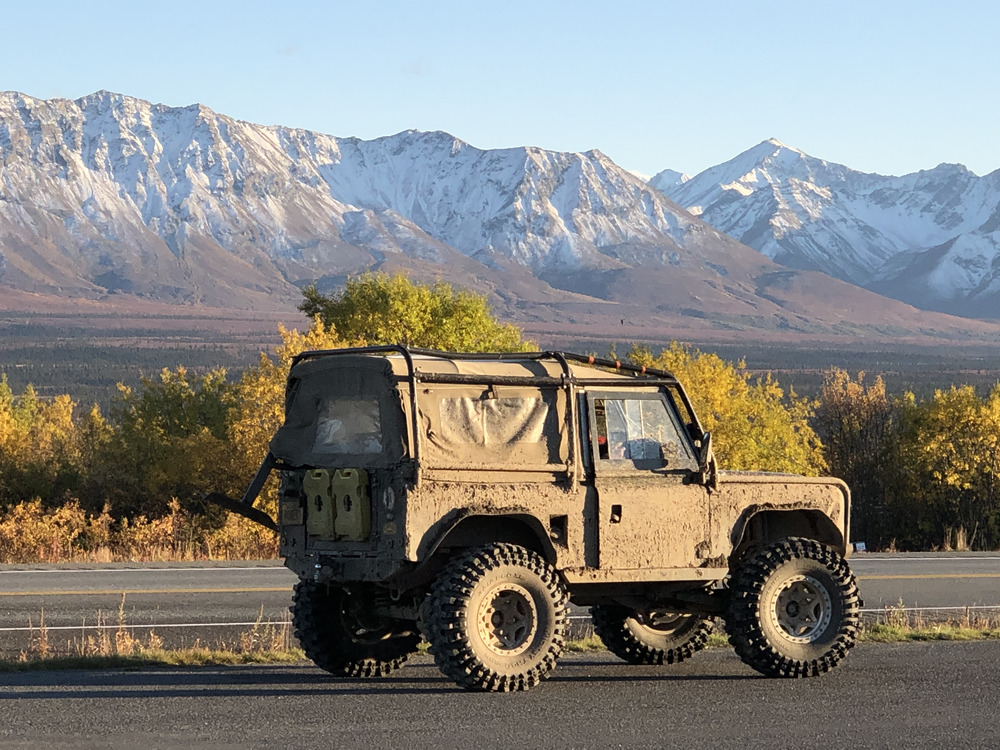
Exhibit 8. Rugged and Prepared Alaska.
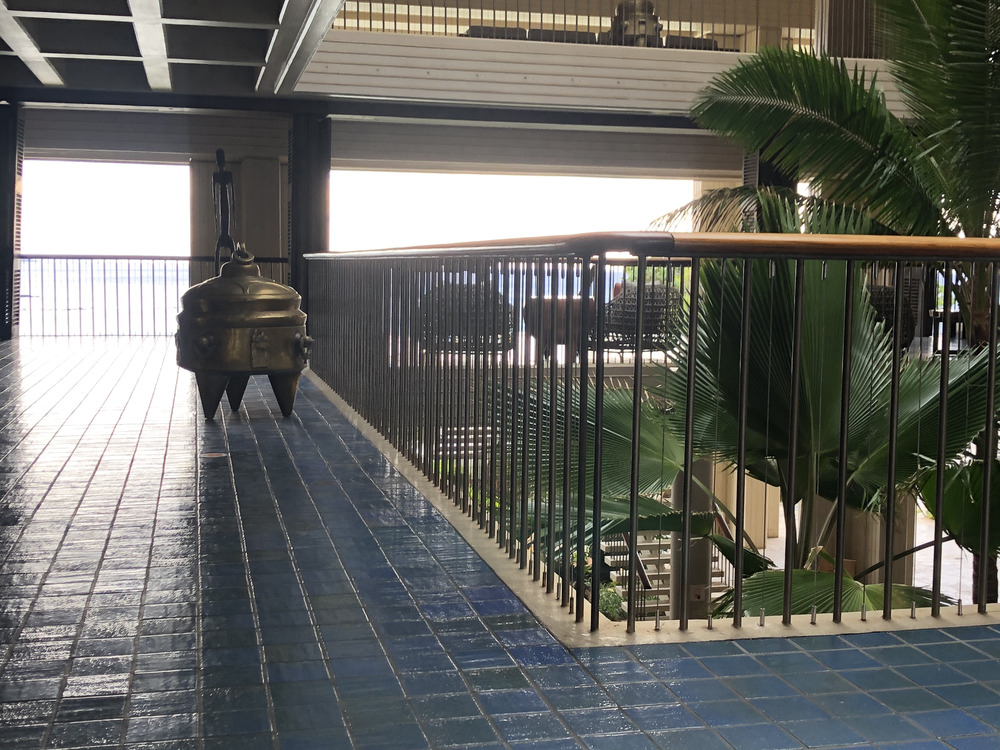
Exhibit 9. Tripod Vessel and Private Rockefeller Gallery at Mauna Kea
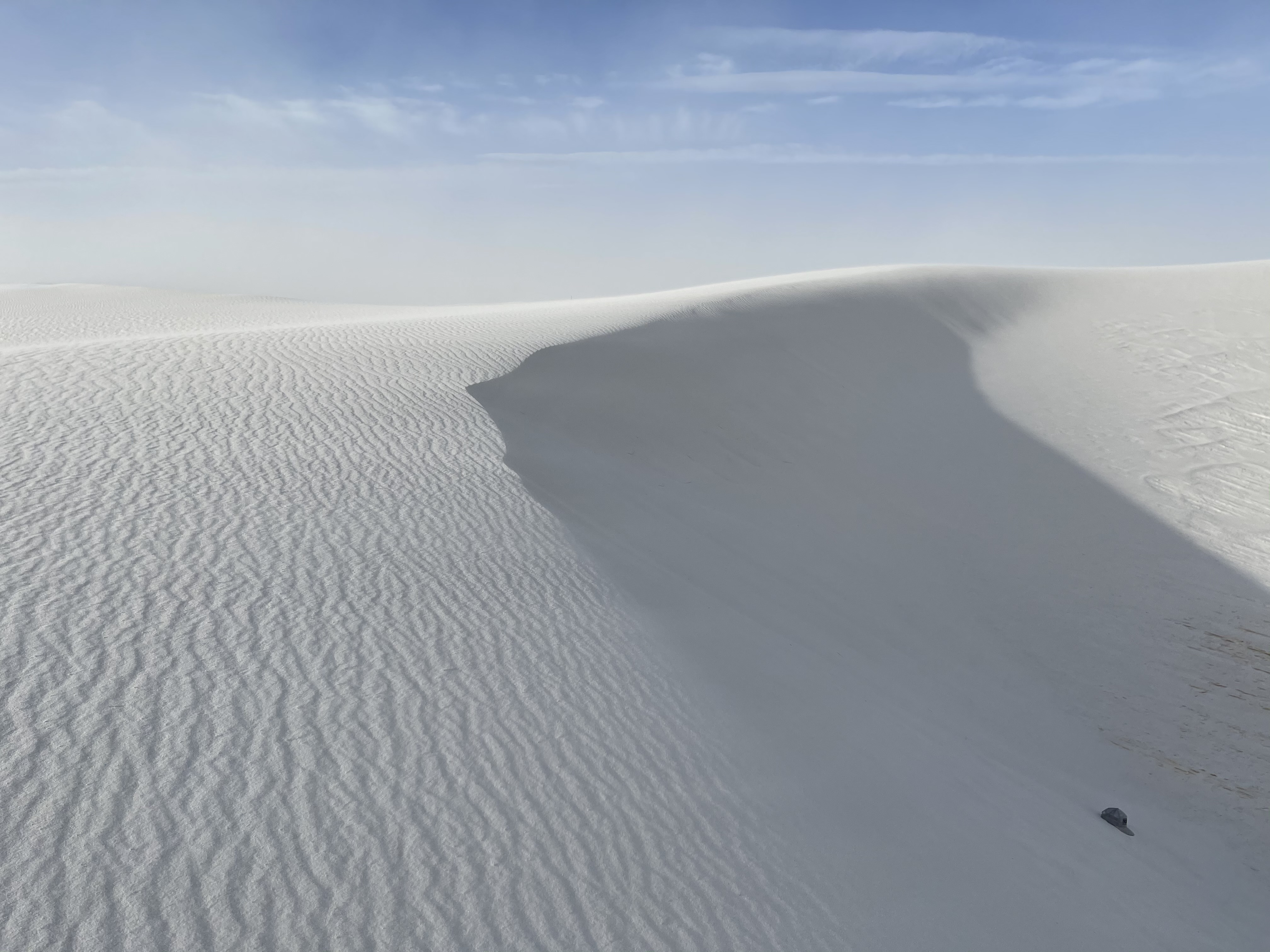
Exhibit 10. Blown Hat at White Sands.
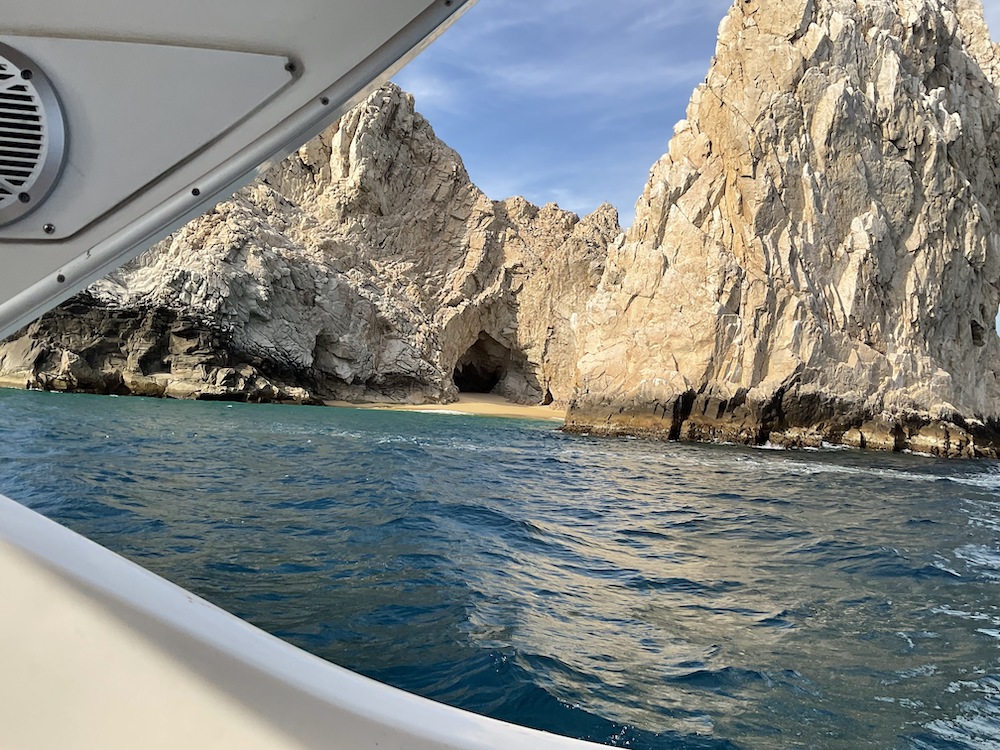
Exhibit 11. A Cave with Delicate Sand, Cabo San Lucas.
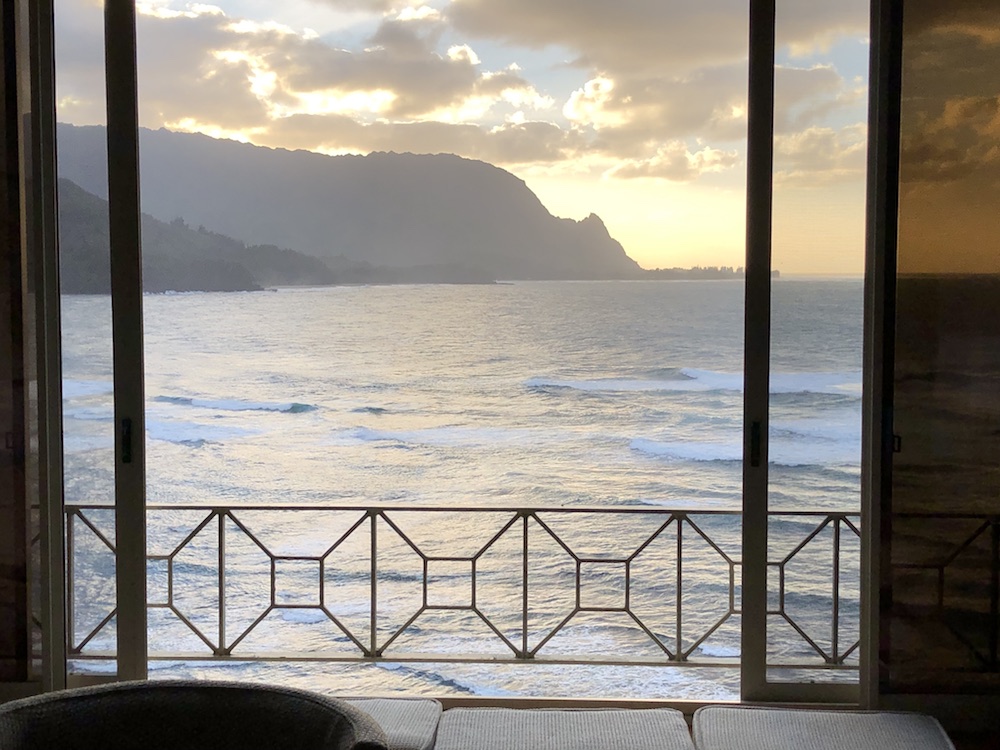
Exhibit 12. A Private View of Hanalei at the Princville Hotel.
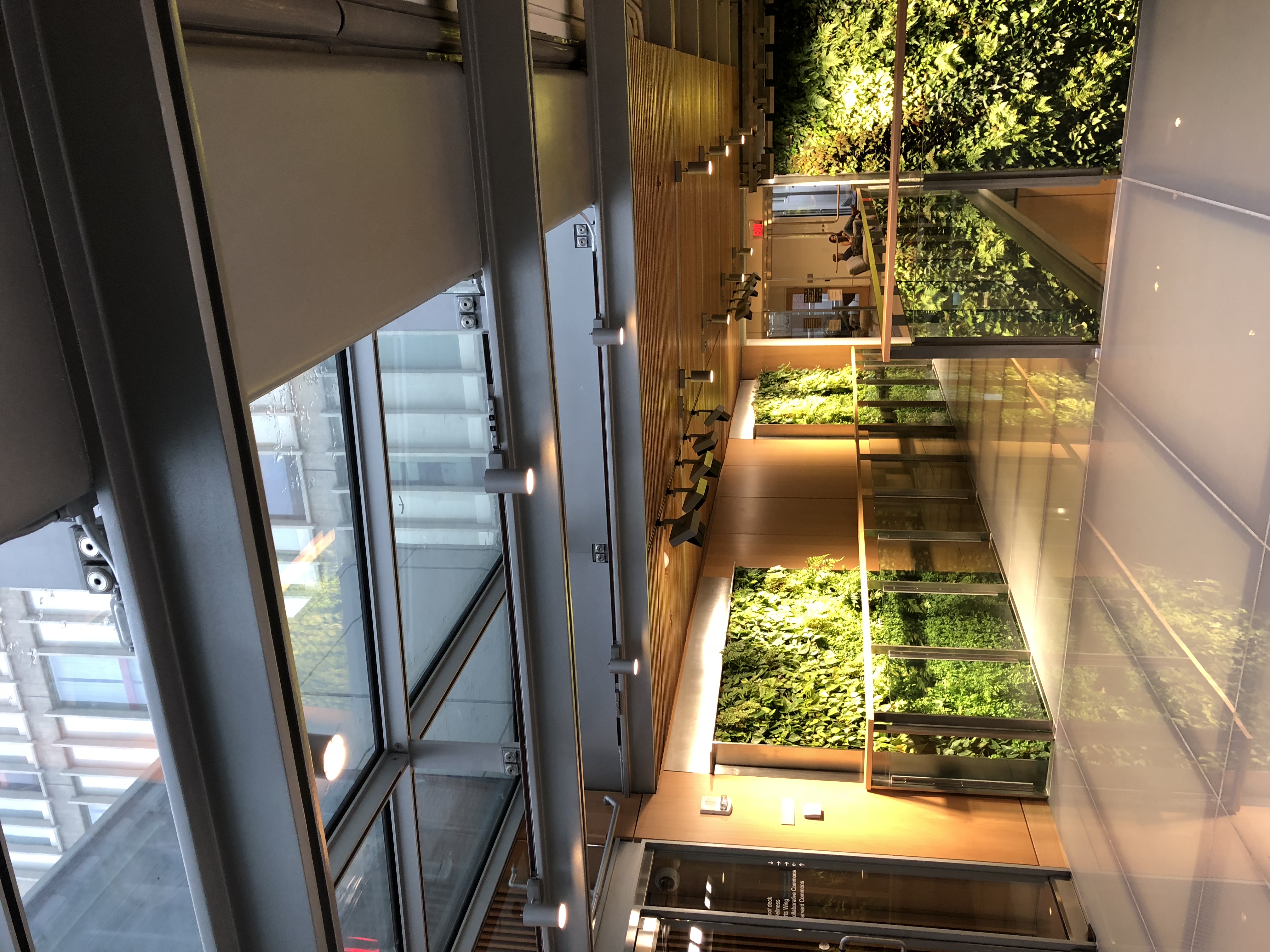
Exhibit 13. Wall Greens at Harvard Commons.
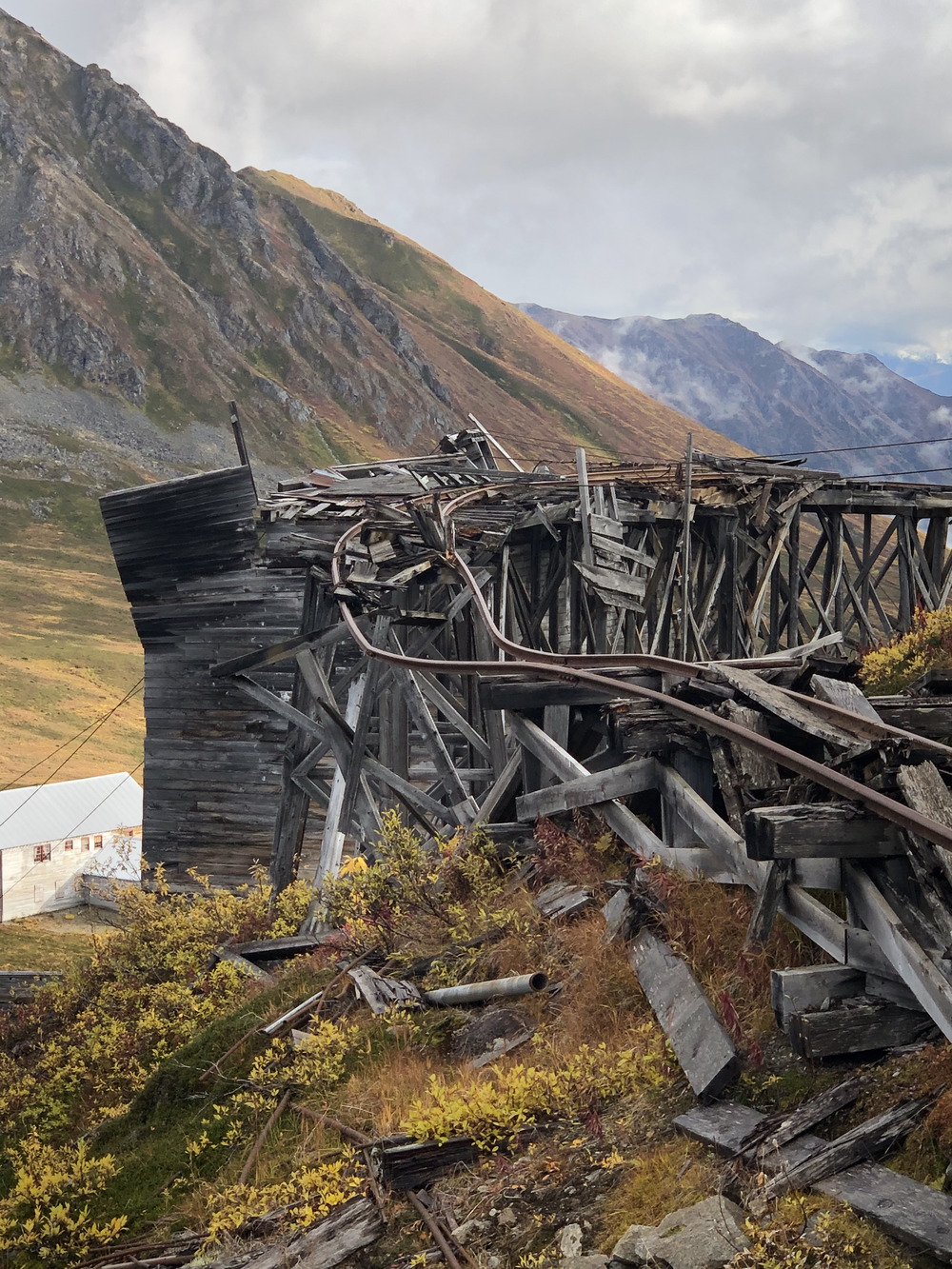
Exhibit 14. Twisted Abandoned Mine-Rails of Hatcher Pass, Alaska.
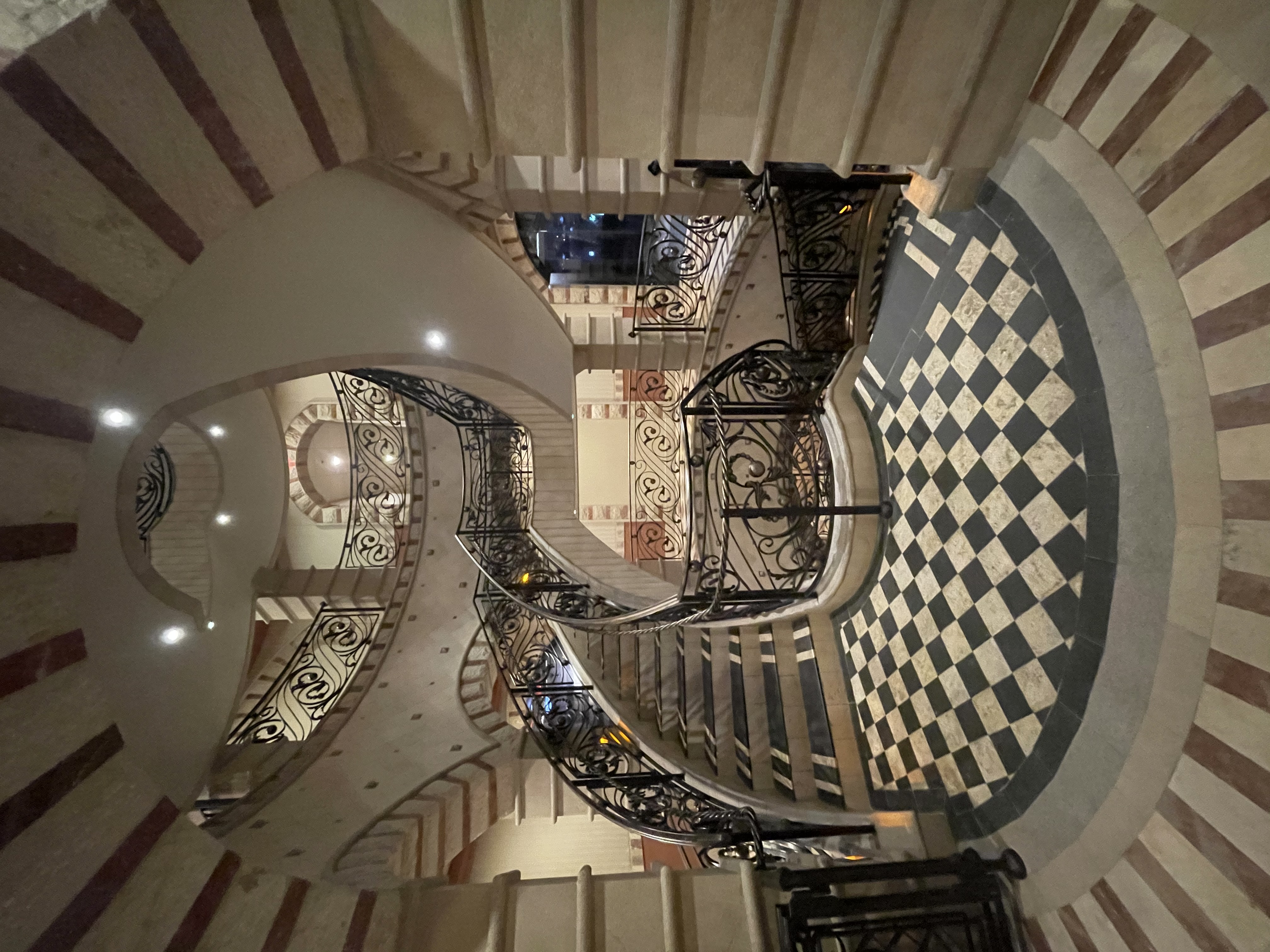
Exhibit 15. A Luxurious and Geometrically Interesting Stairwell.
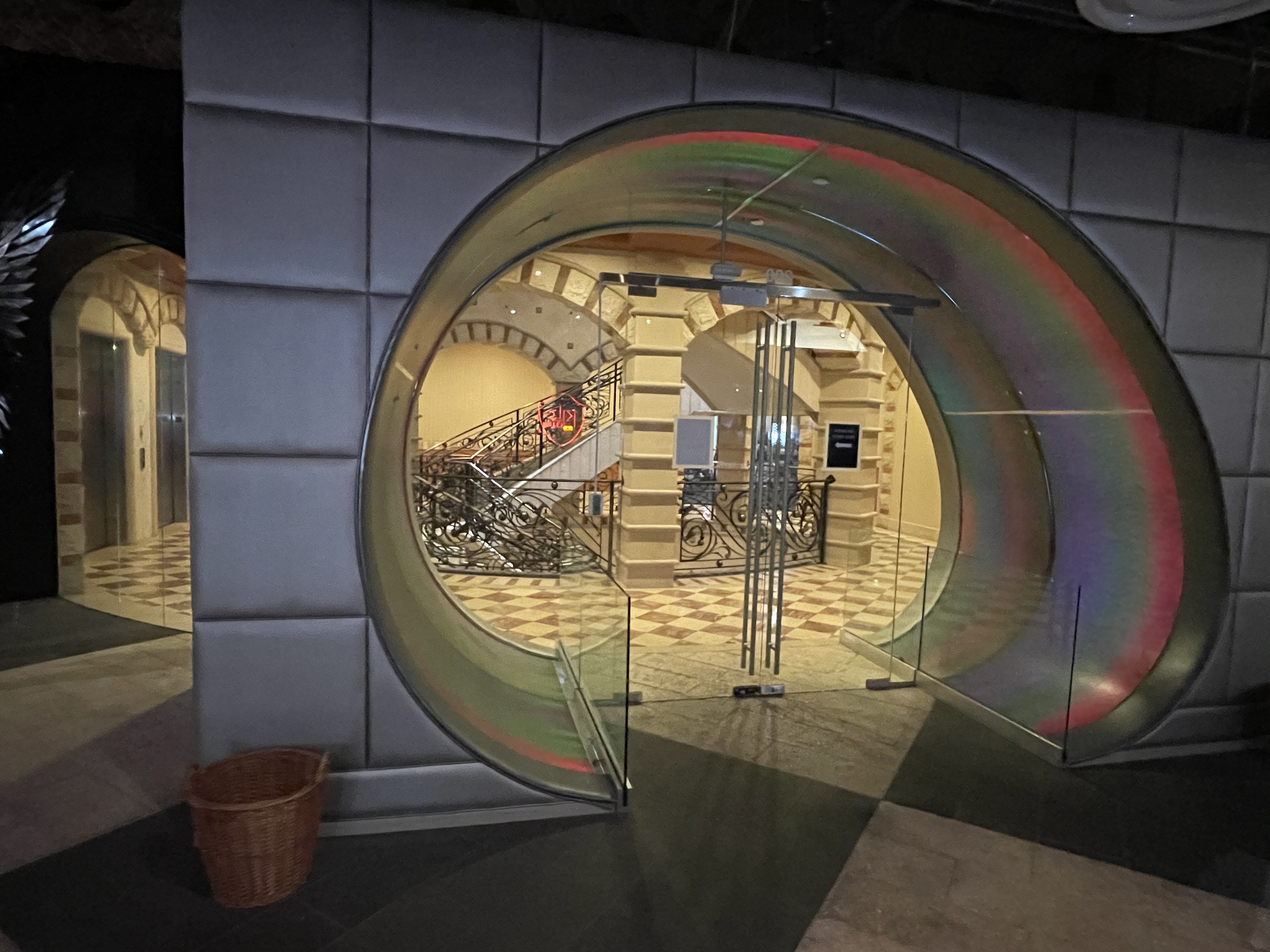
Exhibit 16. Kilo Club.
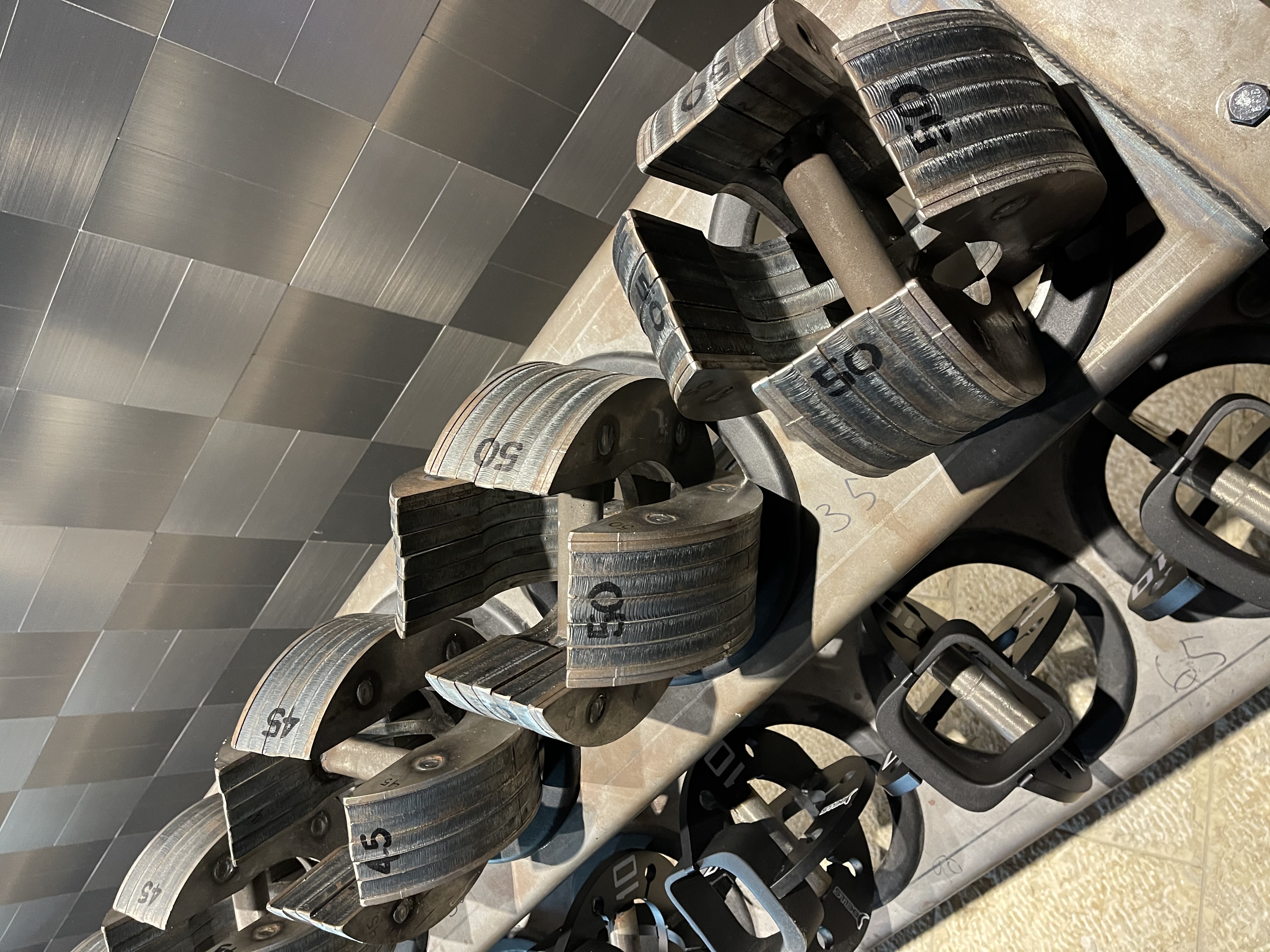
Exhibit 17. An Alternative Design for Self-Enslavement.
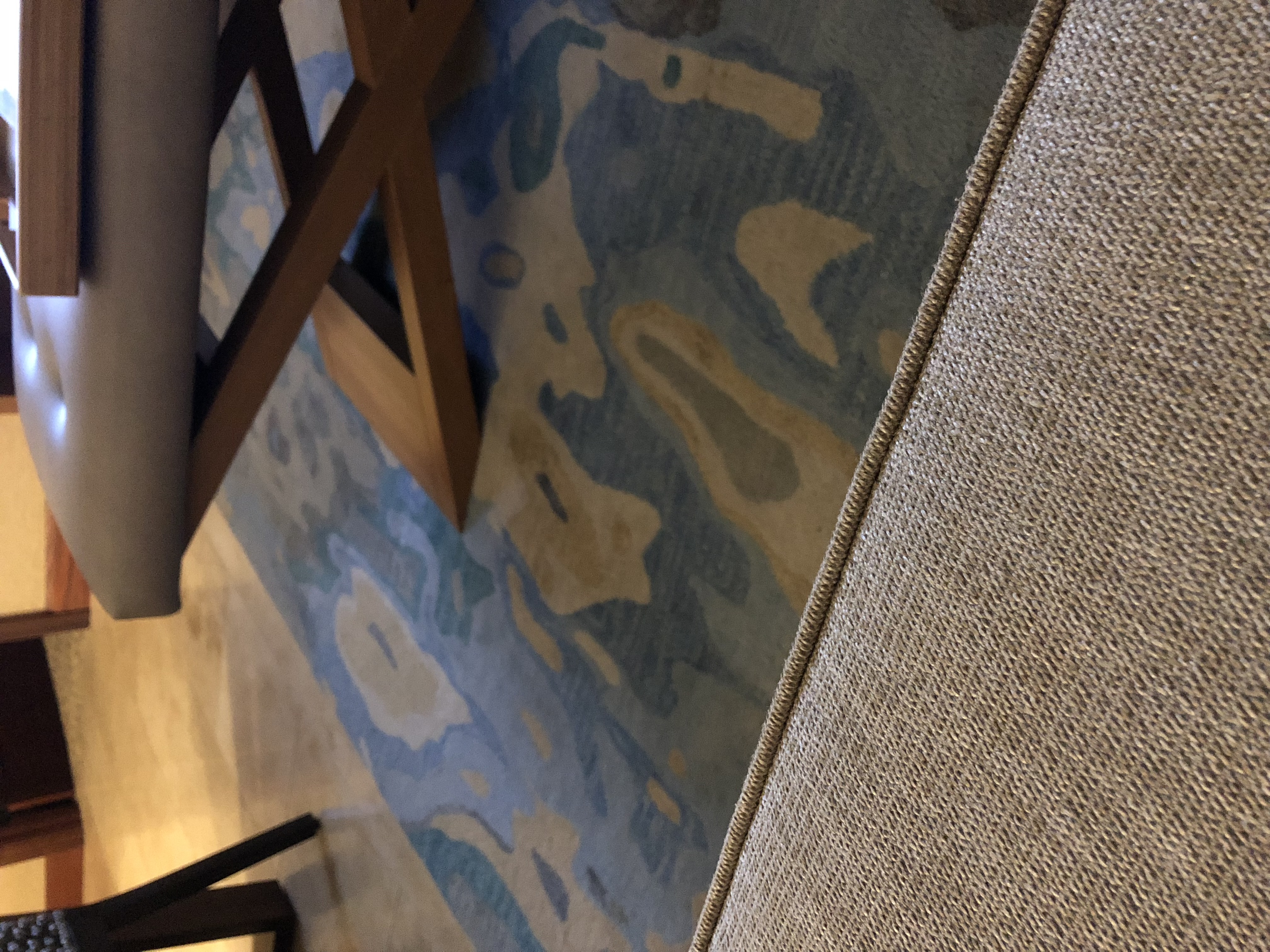
Exhibit 18. Another Interesting Decor Pattern at a Hotel in Kauai.
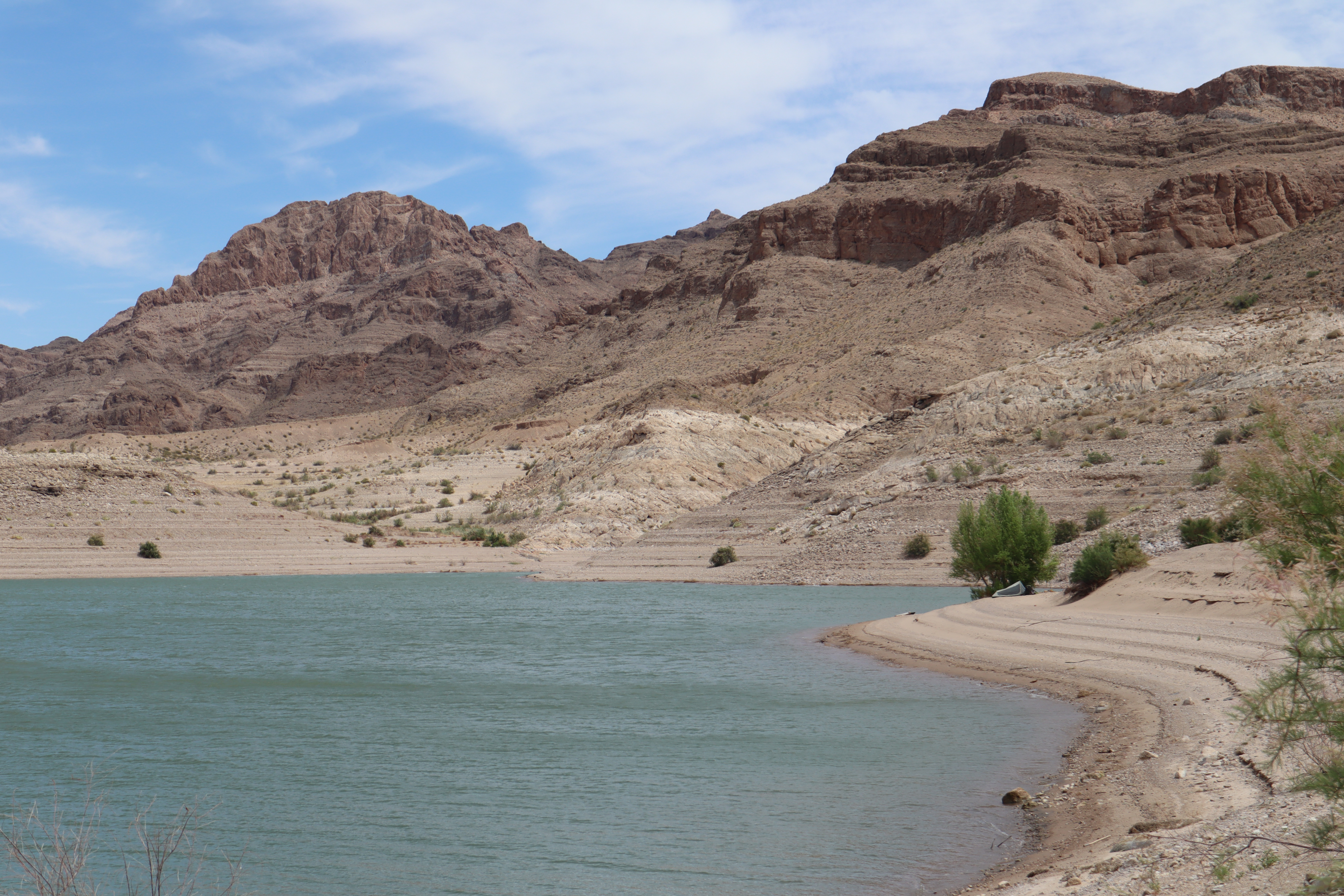
Exhibit 19. Solitude and Swimming on a Lake Meade Hike.
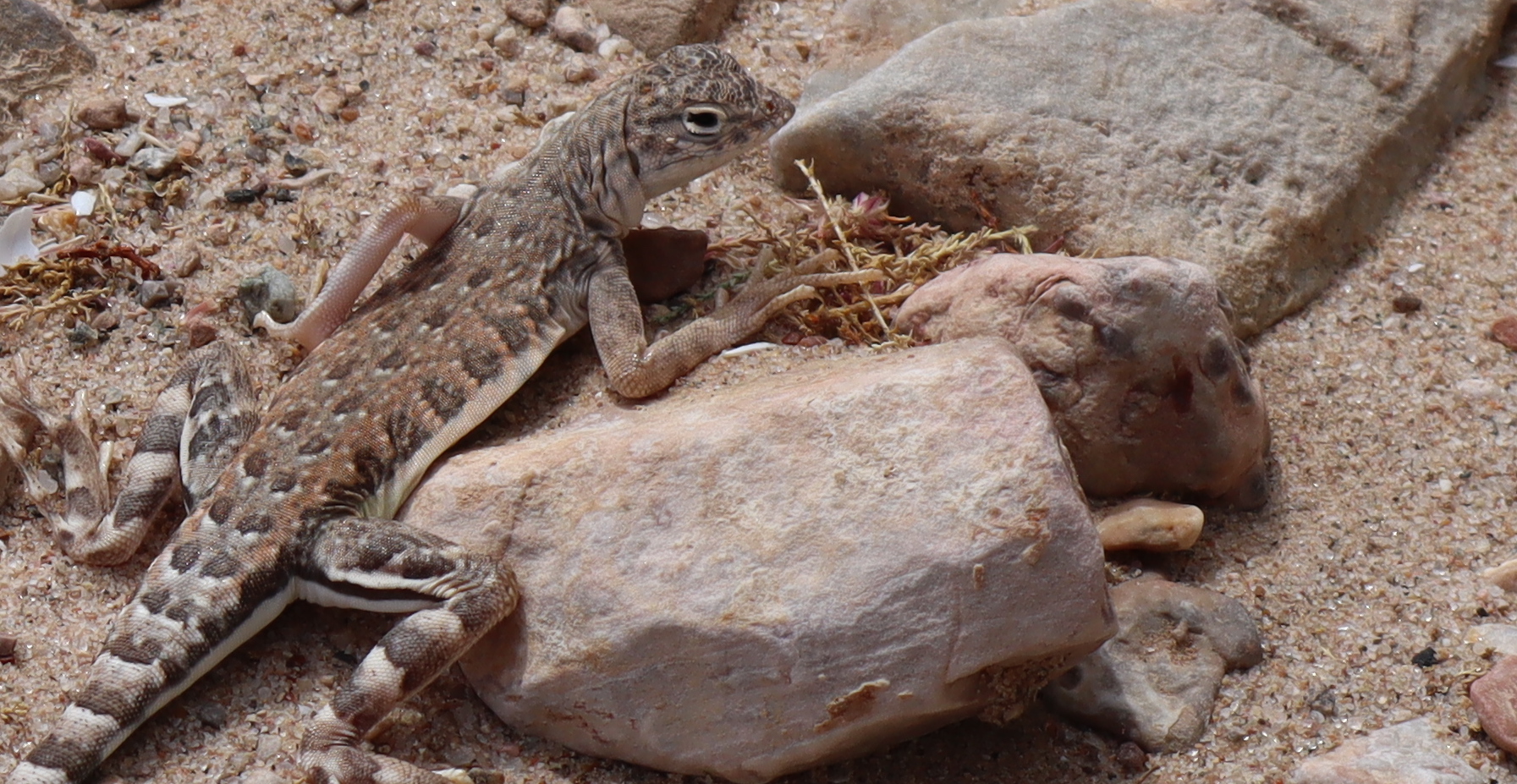
Exhibit 20. A Small Camouflaged Desert Lizard. Lake Meade, Nevada.
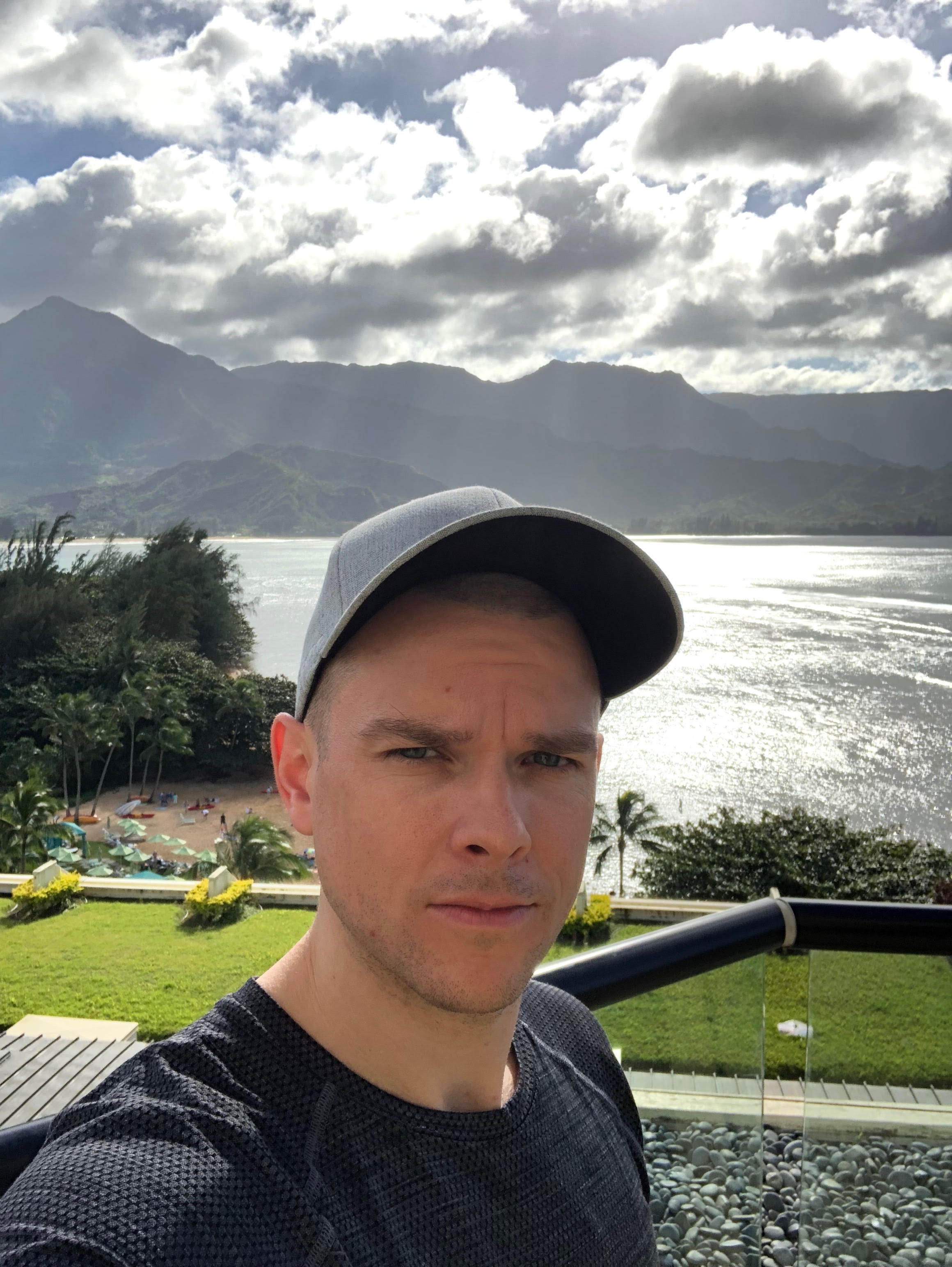
Exhibit 21. Mattanaw at Hanalei, Big Island.
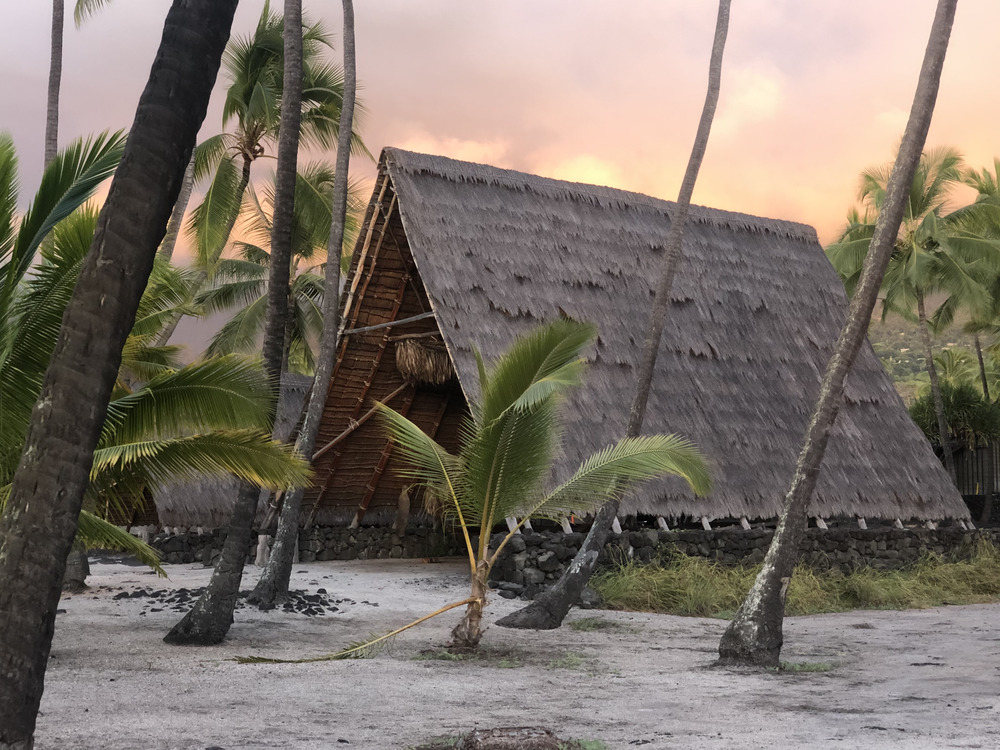
Exhibit 22. Thatchanaw.
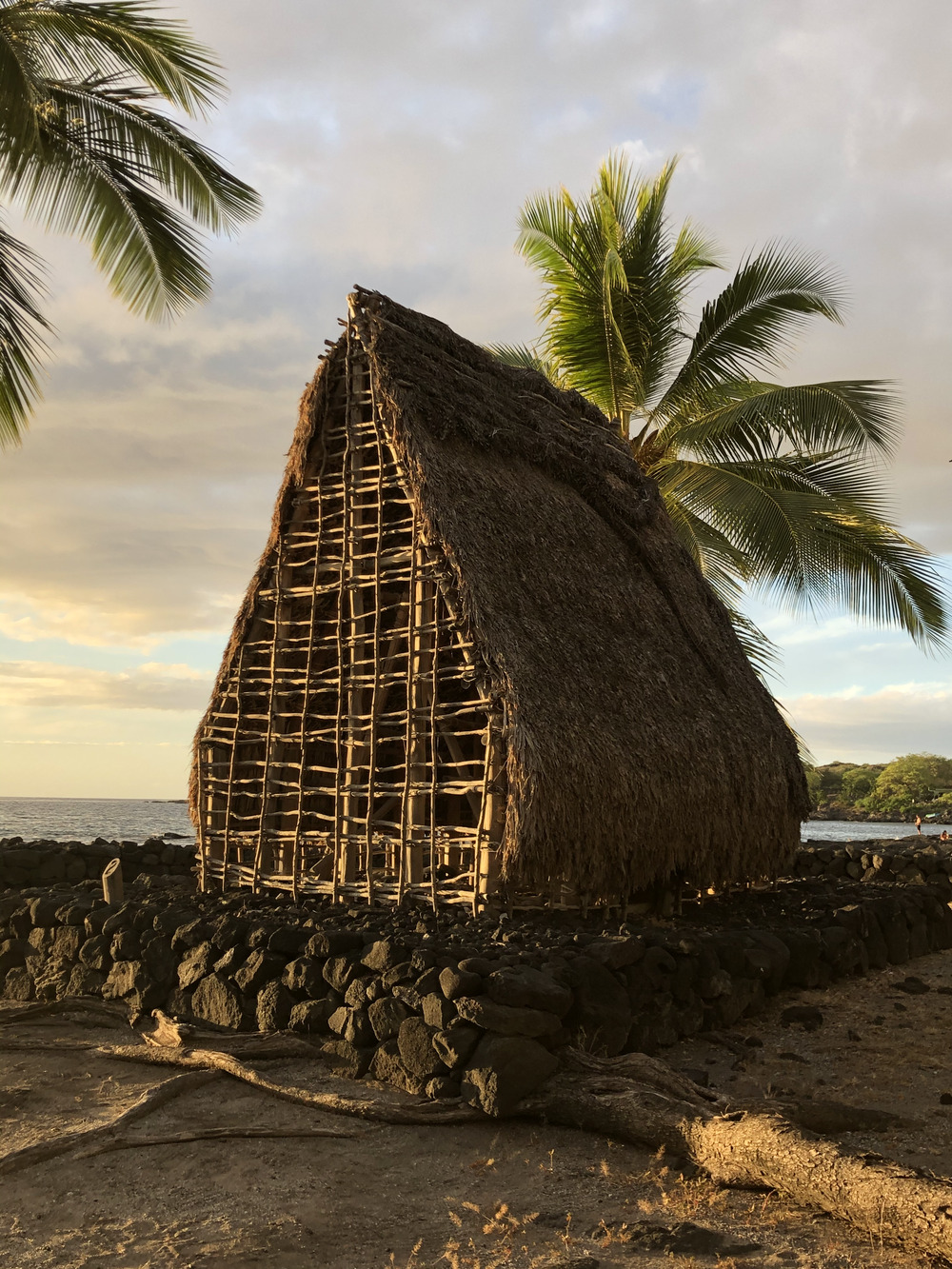
Exhibit 23. Moral Inclusiveness.
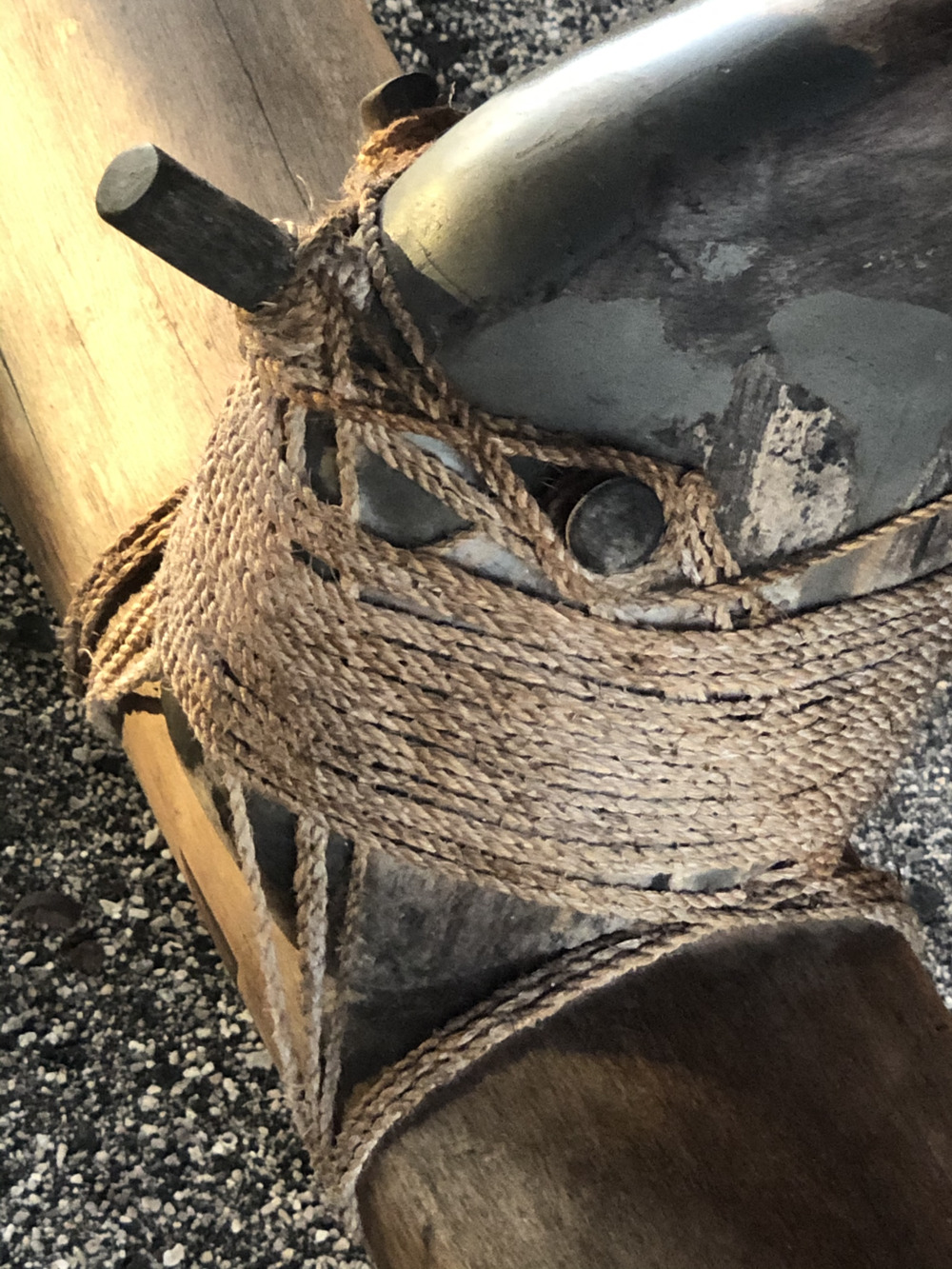
Exhibit 24. Beautiful Guesses At Optimality. An Aboriginal Canoe in Hawaii.
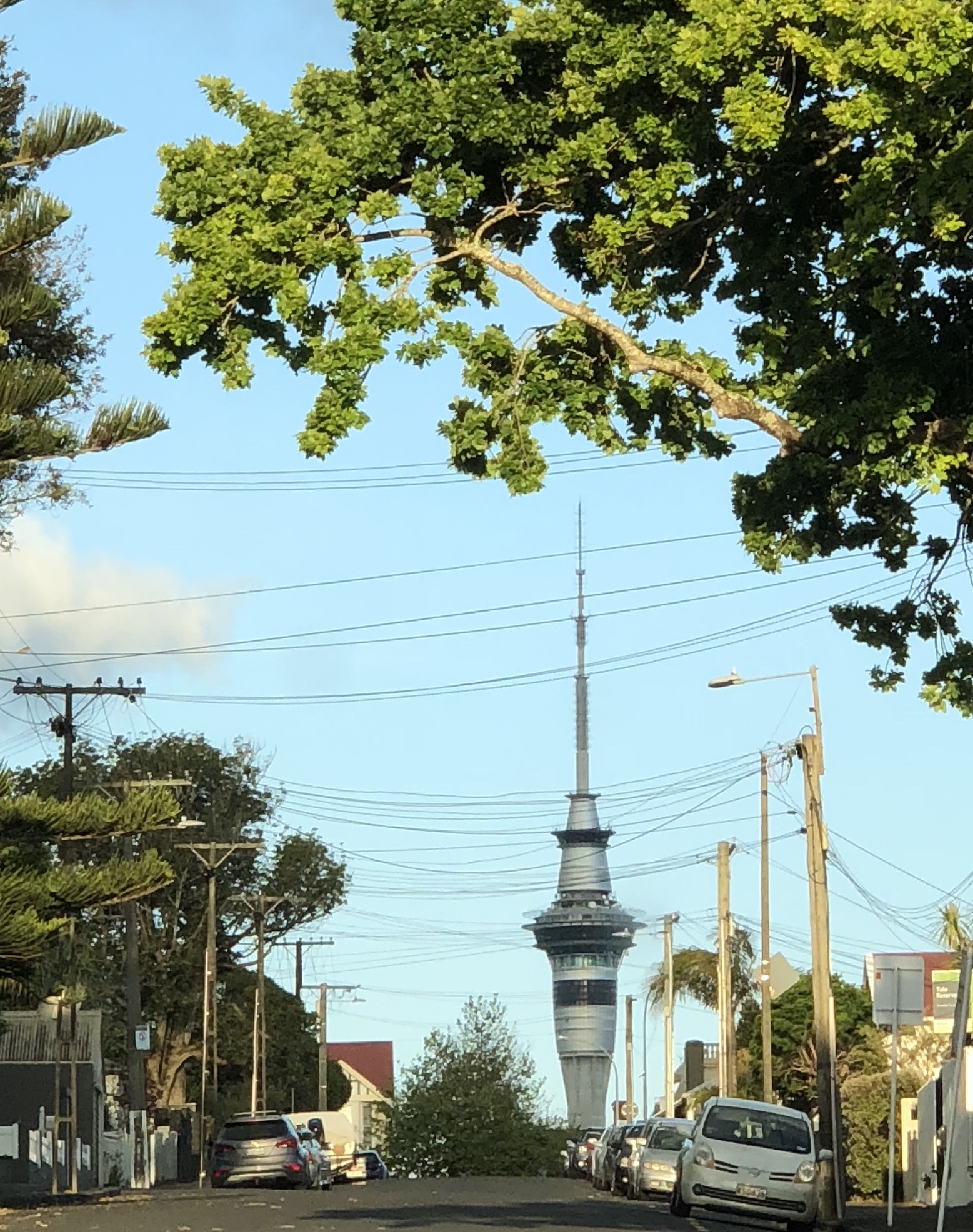
Exhibit 25. A Tower in Auckland, New Zealand, as a Space Ship.
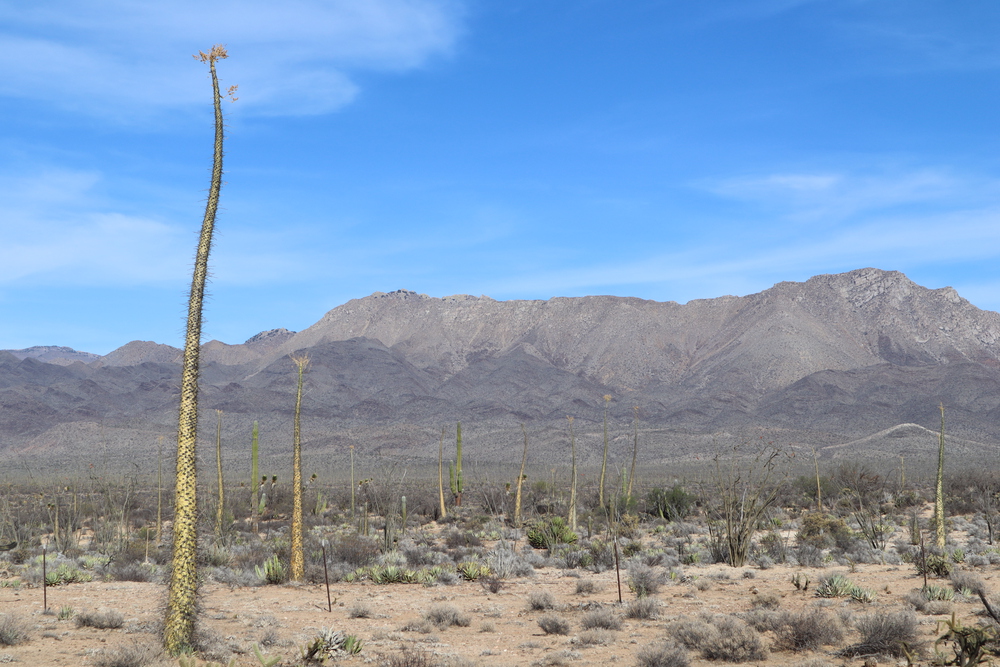
Exhibit 26. New Plants of Baja Reminiscent of Dr. Seuss
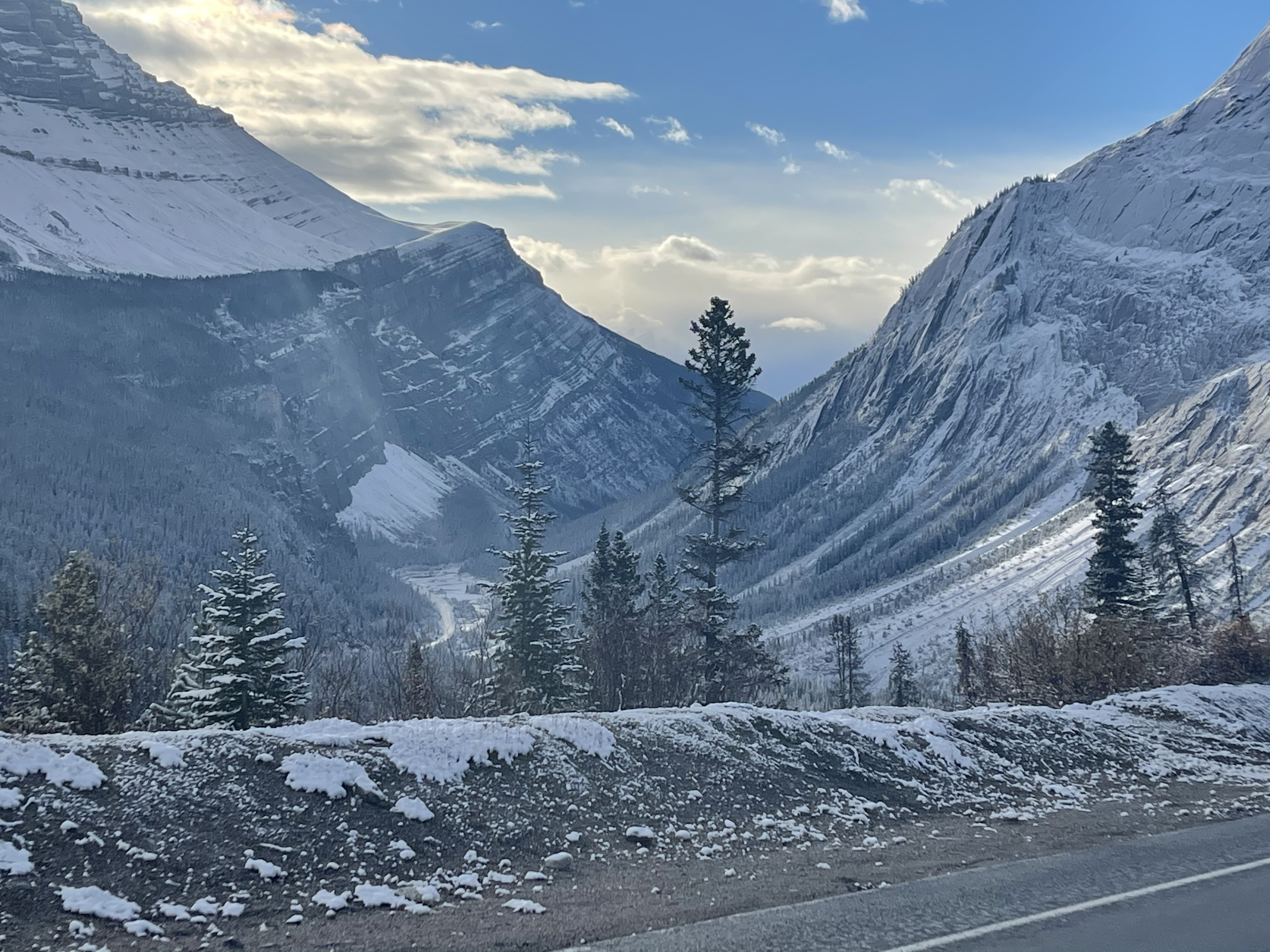
Exhibit 27. A Geologically Unknown Landscape.
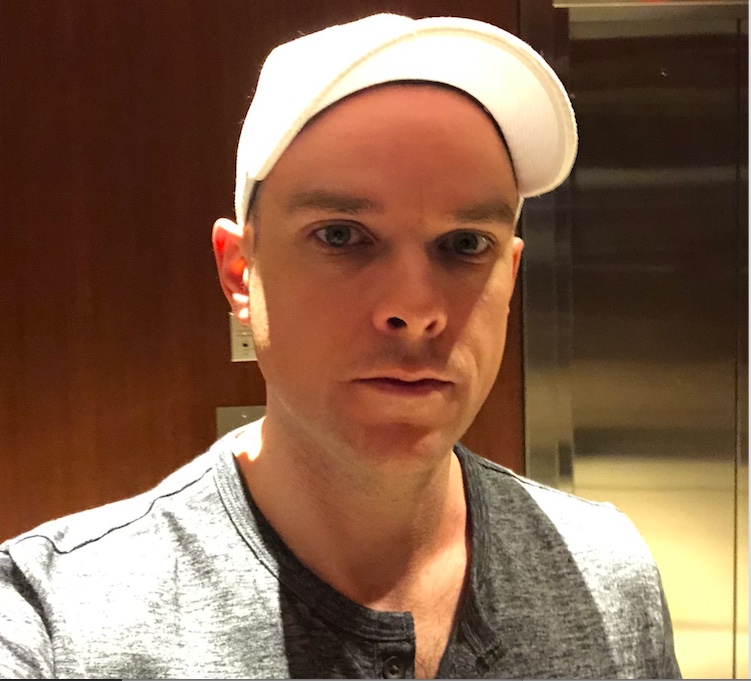
I am a retired executive, software architect, and consultant, with professional/academic experience in the fields of Moral Philosophy and Ethics, Computer Science, Psychology, Philosophy, and more recently, Economics. I am a Pandisciplinarian, and Lifetime Member of the High Intelligence Community.
Articles on this site are eclectic, and draw from content prepared between 1980 and 2024. Topics touch on all of life's categories, and blend them with logical rationality and my own particular system of ethics. The common theme connecting all articles is moral philosophy, even if that is not immediately apparent. Any of my articles that touch on "the good and virtuous life" will be published here. These articles interrelate with my incipient theory of ethics, two decades in preparation. This Book and Journal is the gradual unfolding of that ethic, and my living autobiography, in a collection of individual books that fit into groups of book collections.
This Book and Journal is already one of the largest private websites and writings ever prepared, at nearly 1 million words, greater than 50,000 images and videos, and nearly one terabyte of space utilized. The entire software architecture is of my creation. Issues of the book for sale can be found under featured. These texts are handmade by myself, and are of excellent quality, and constitute the normal issues of my journal that can also be subscribed to. The entire work is a transparent work in progress. Not all is complete, and it will remain in an incomplete state until death.
I welcome and appreciate constructive feedback and conversation with readers. You can reach me at mattanaw@mattanaw.com (site related), cmcavanaugh@g.harvard.edu (academic related), or christopher.matthew.cavanaugh@member.mensa.org (intelligence related), or via the other social media channels listed at the bottom of the site.